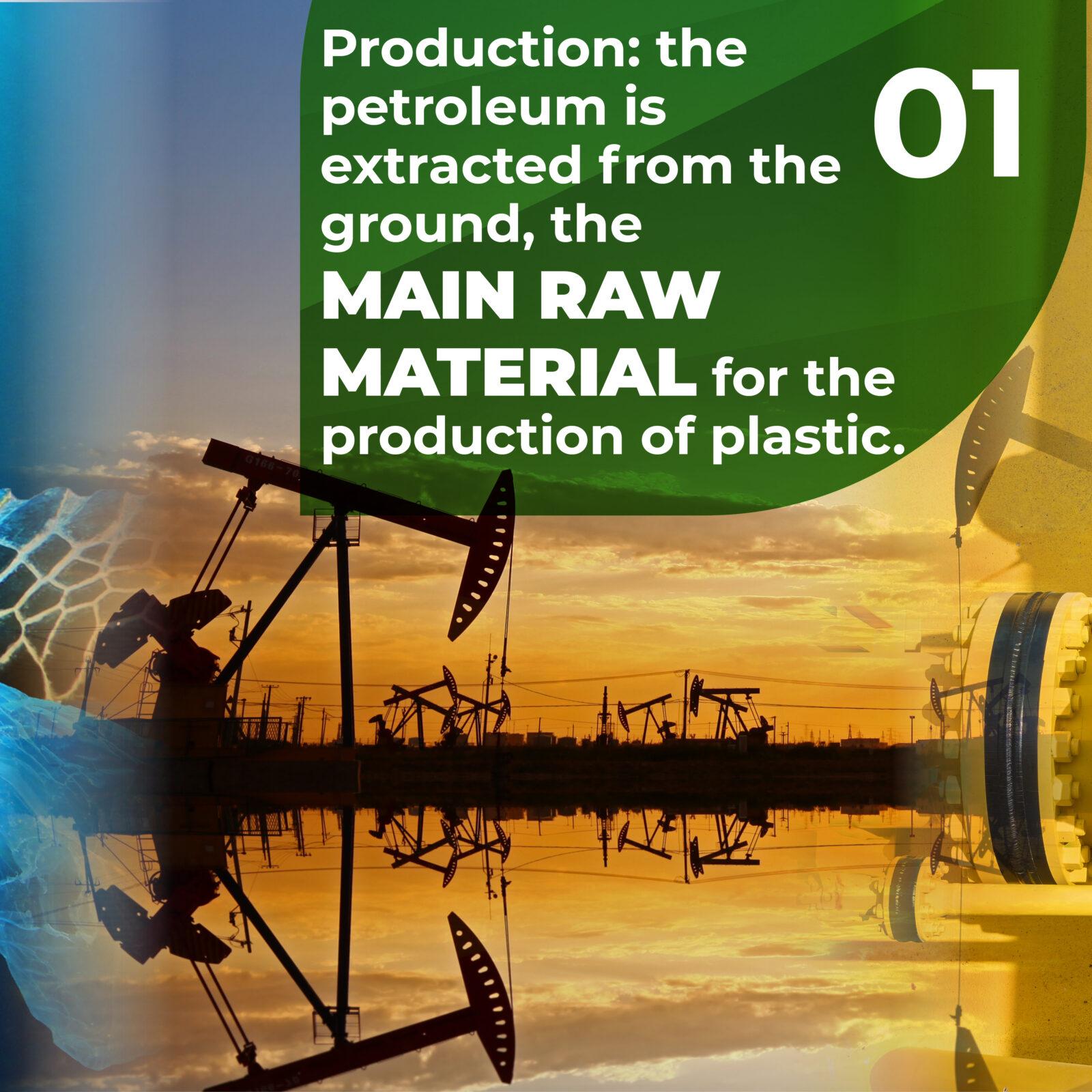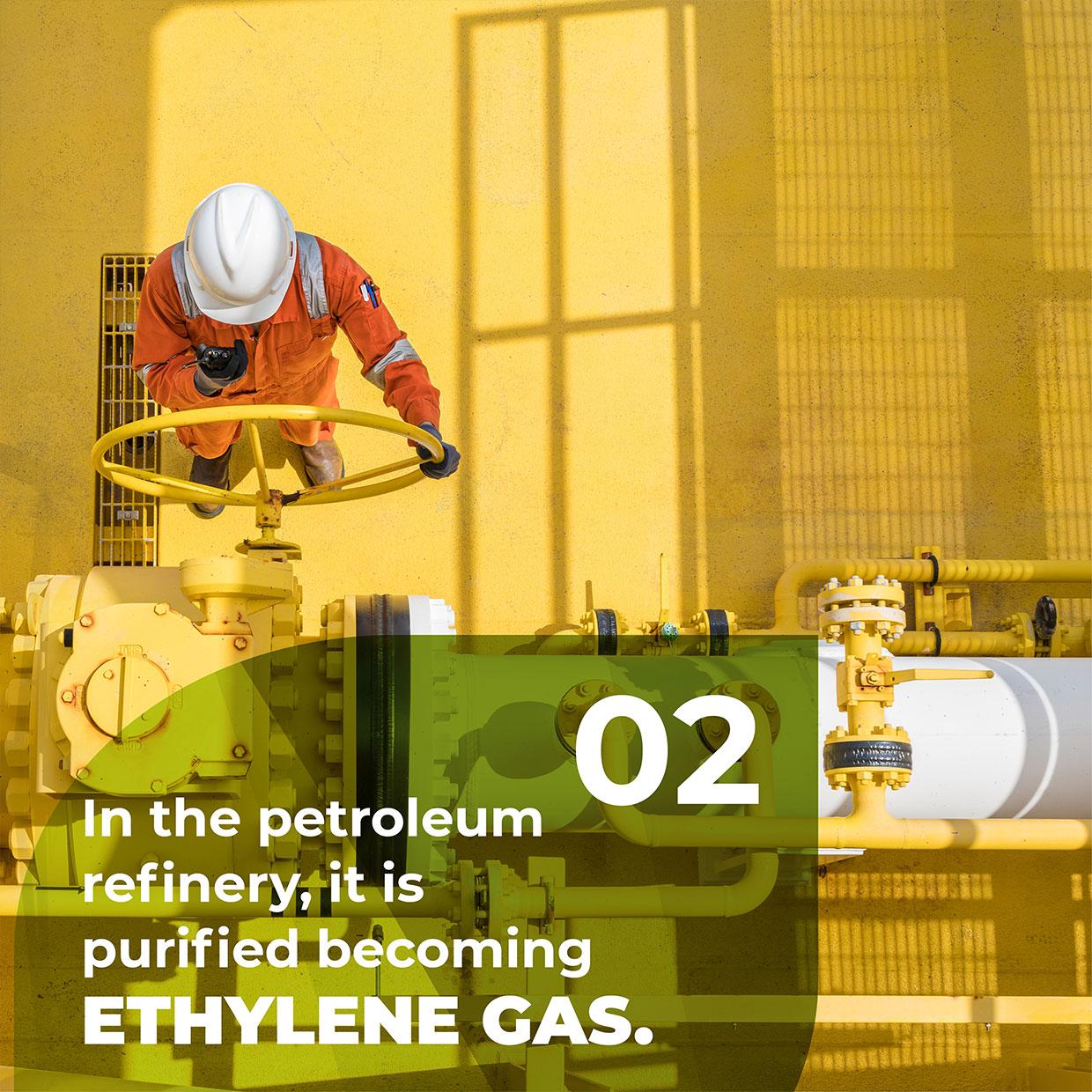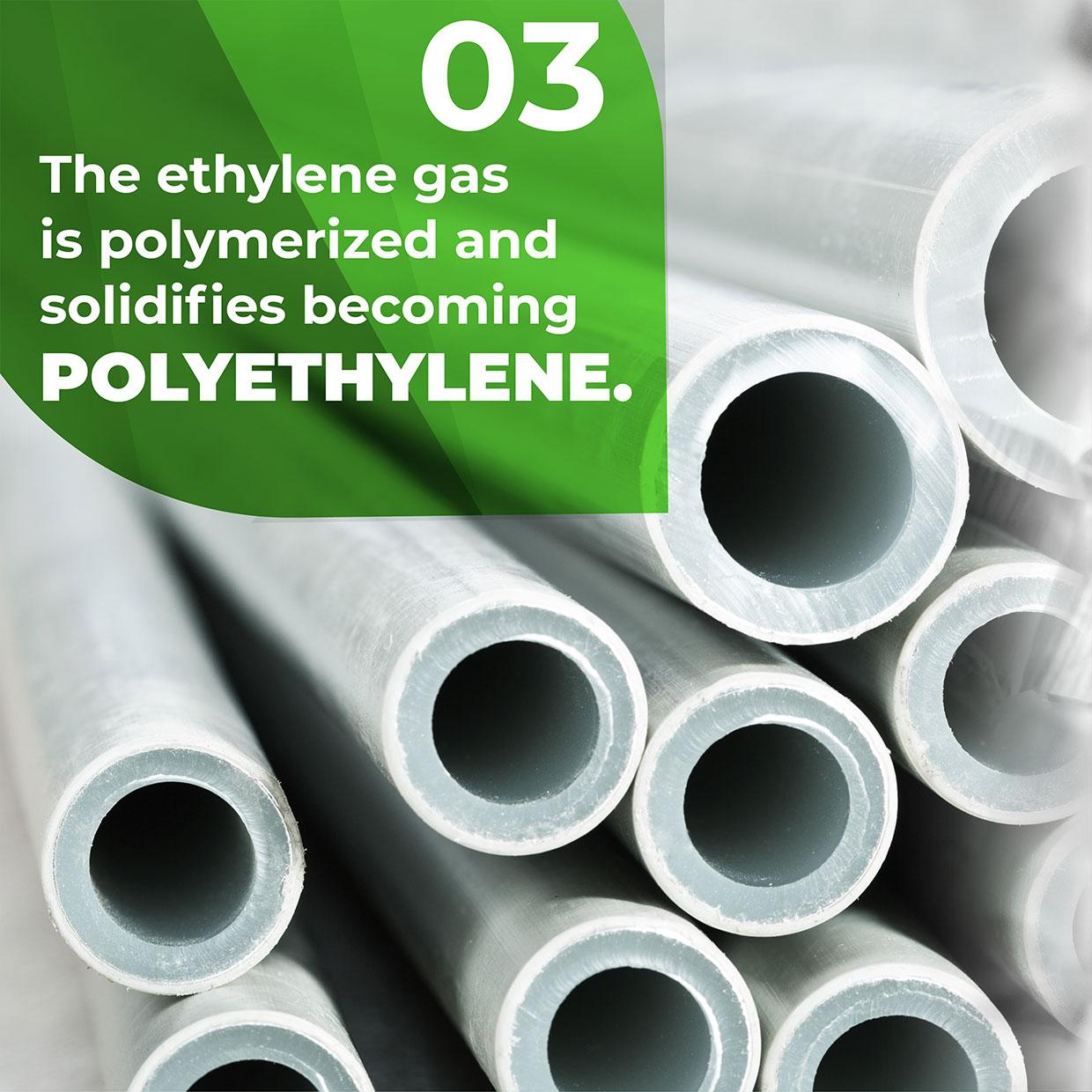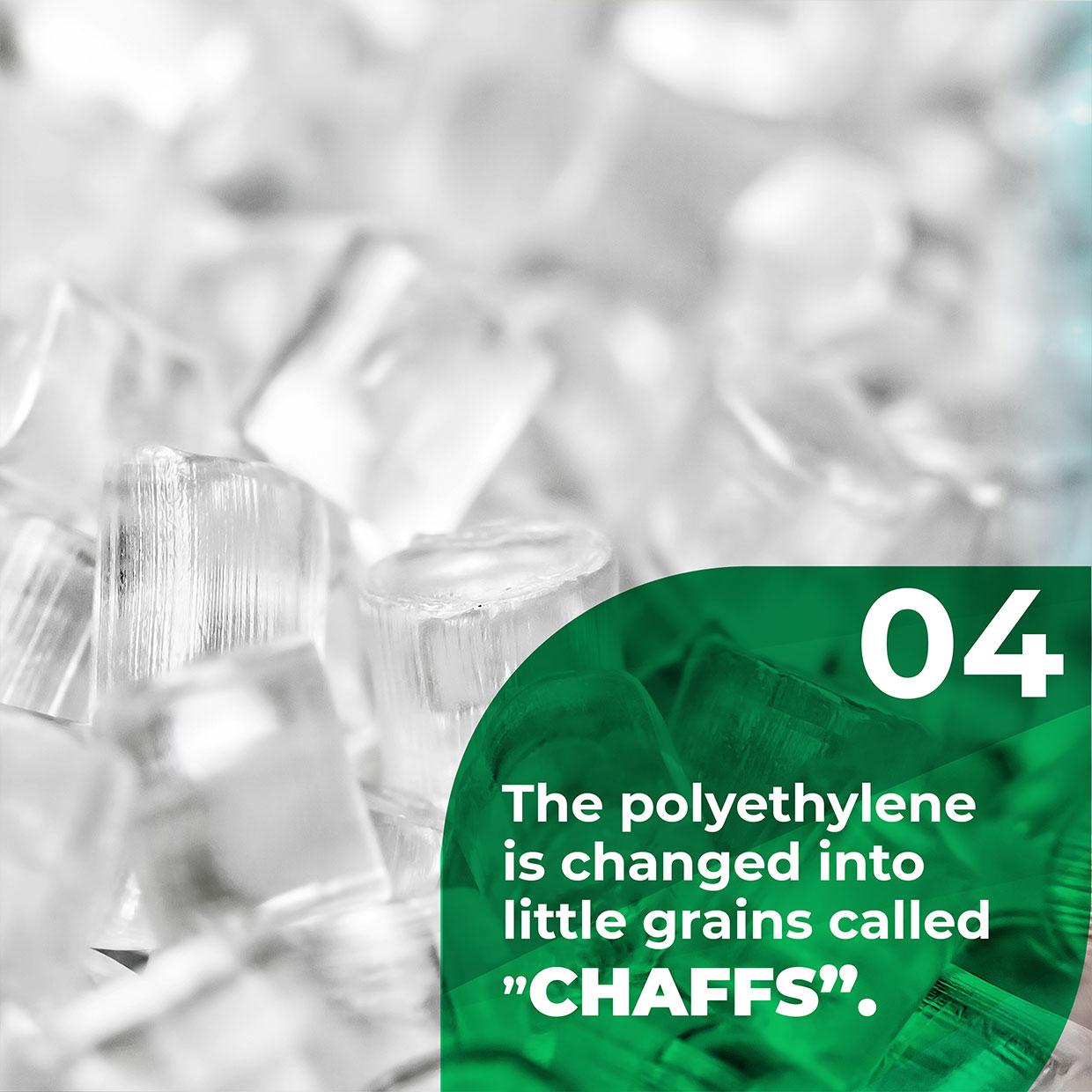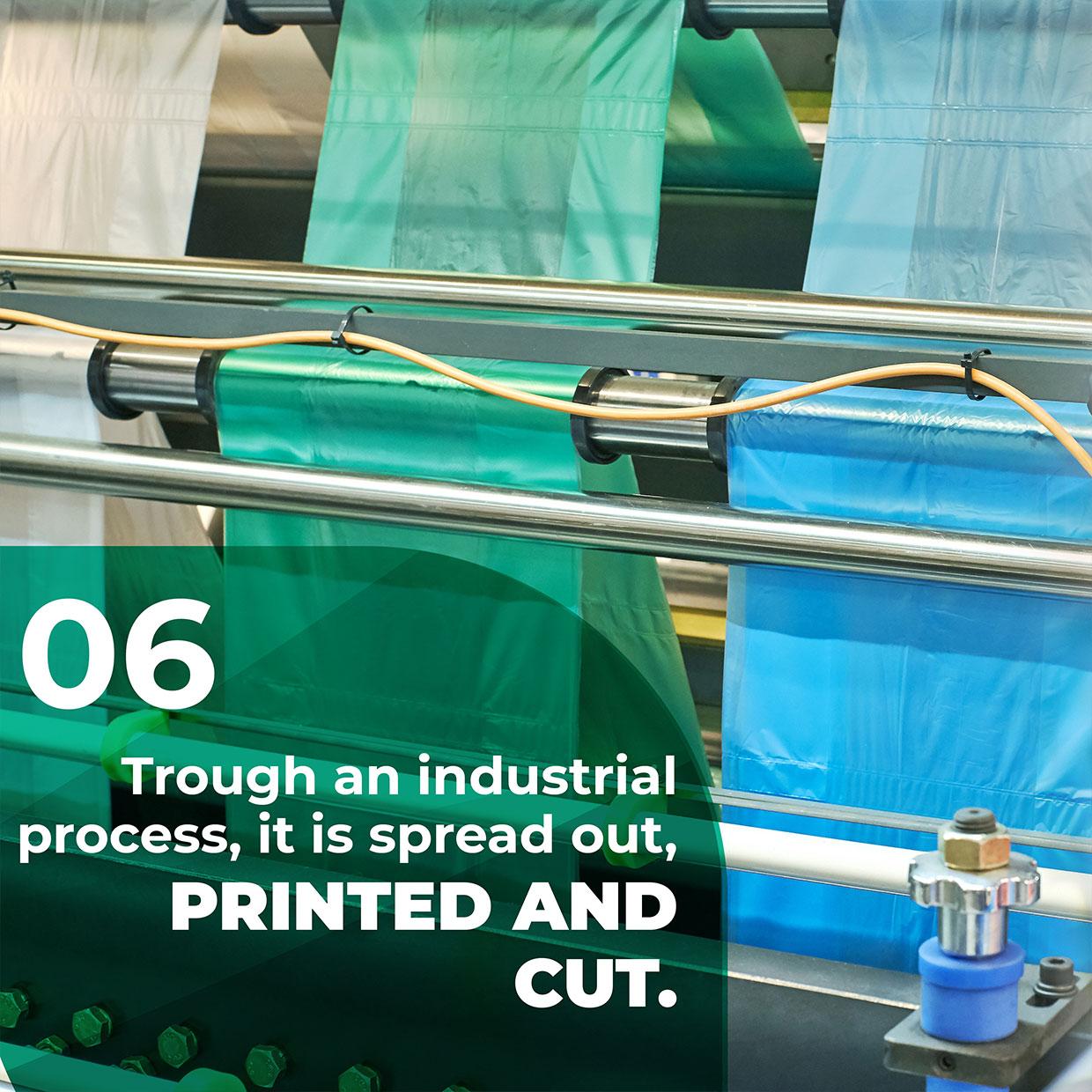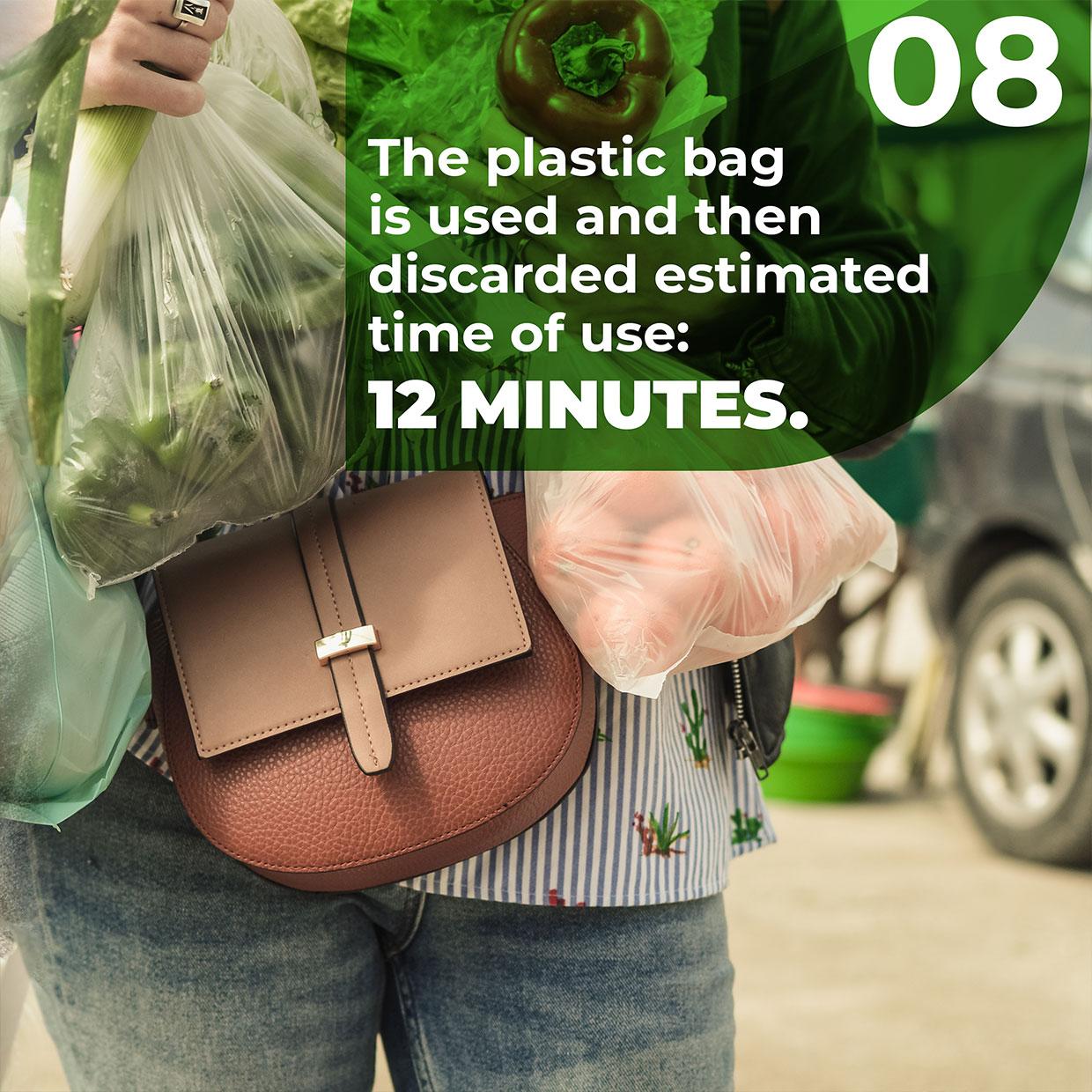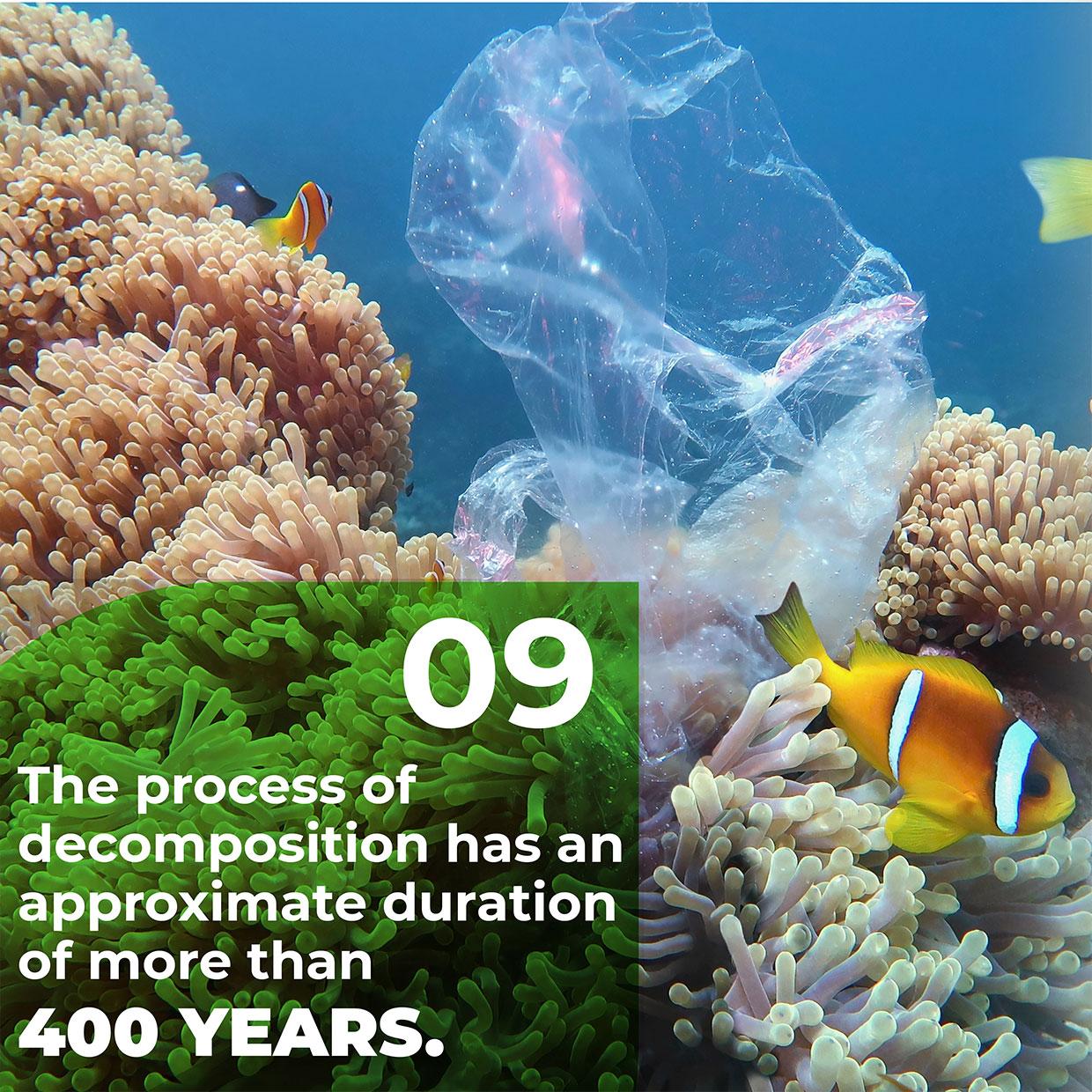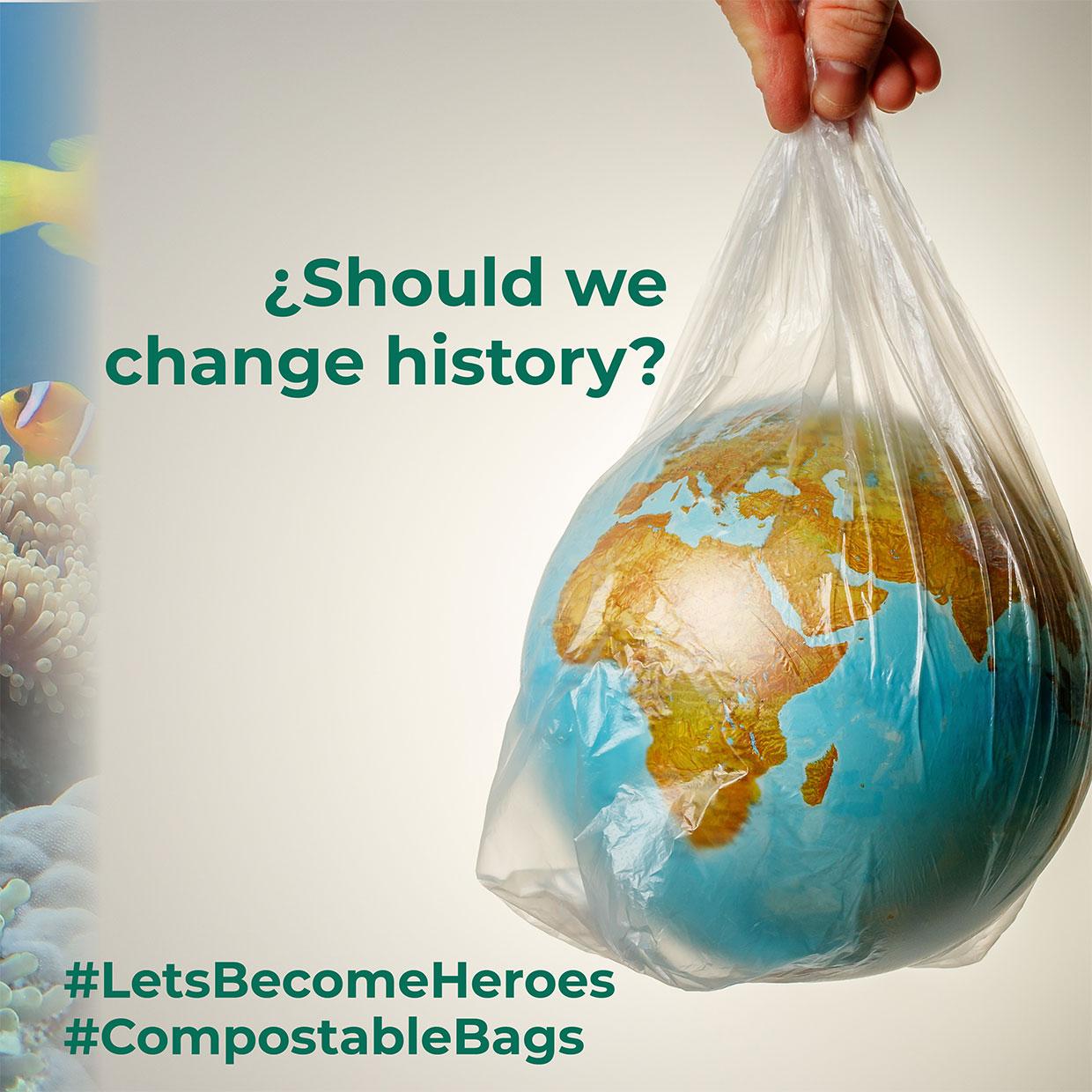
A Plastic bag life cycle
The plastic bags are made of polyethylene, and it came from raw petroleum. The plastic only degrades with the pass of the years, and if it’s exposed to the light of the sun, the water and the wind. If the plastic bag isn’t reutilized as a remnant, it usually ends up flying in the street or in the trash itself.
The cycle of a plastic bag is:
- Production: is extracted from petroleum, the main raw material of the production of the plastic.
- In the petroleum refinery it’s purified by becoming ethylene gas.
- The ethylene gas is polymerized and solidifies becoming in polyethylene.
- The polyethylene is changed into little grains called “chaff”.
- The chaffs are transported in sacks to industries of production and transformation of bags.
- Trough an industrial process is spread out, printed and cut.
- Later they’re distributed in commercial establishments for uses and commerce of the plastic bag in the everyday life.
- The plastic bag is used and then is discarded (estimated time of use: twelve minutes)
- The process of discompose has an approximate duration of more than 400 years.
In each one of the stages for the elaboration, uses and recycling, a large amount of solids waste is generated and generates toxic gases such as hydrocarbons, carbon monoxide, sulfur and nitrogen oxides, which are strongly polluting for the environment. And its decomposition generates large doses of methane.
Fonts:
ONU Medio Ambiente (2018): El Estado de los Plásticos. En: Perspectiva del día mundial del medio ambiente 2018. Disponible en formato PDF: https://wedocs.unep.org/bitstream/handle/20.500.11822/25513/state_plastics_WED_SP.pdf?isAllowed=y&sequence=5
García Soledad (2017): Huella Ambiental de Tres Tipos de Bolsas de la Compra. Trabajo de Grado disponible en formato Word en: http://oa.upm.es/47353/1/TFG_Soledad_Salvador_Garcia_Galan.pdf



